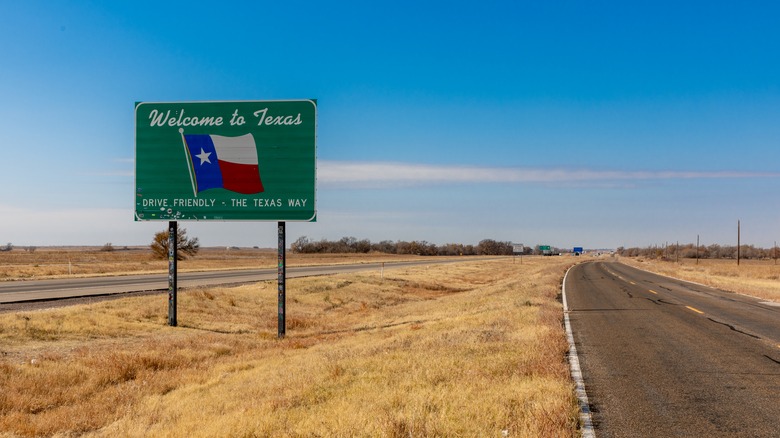They say everything is bigger in Texas: barbeque, cars, cowboy hats… and traffic deaths? According to data from Teletrac Navman, five of the top 15 most dangerous roads in the U.S. pass through Texas. Additional data by Budget Direct identified the Lone Star State’s Interstate 45 as the deadliest highway in the entire country. For every 100 miles along the route, there are an average of 56.5 fatal traffic accidents. Put into perspective another way, there were 260 deaths along the 285-mile road between 2016 and 2019.
I-45 isn’t deadly due to poor design or natural hazards — research shows it all comes down to driver behavior and human error. Budget Direct’s report blamed congestion and “driver complacency” for the high rate of fatalities, while Teletrac Navman noted that moving cars, pedestrians, and overturned vehicles (as opposed to collisions with trees or falls into ditches, for example) were the factors most likely to lead to deaths on the interstate.
Despite its dangerous reputation, it’s hard to avoid I-45 when visiting Texas. A road trip through some of the state’s biggest cities often requires a drive along the interstate. Thankfully, there are ways to minimize your risk of getting into an accident when cruising down the notorious roadway.
Destinations along the highway

I-45 runs north and south within Texas, and despite being an interstate, it doesn’t actually connect to any other states. From the north, it starts in Dallas, running all the way to the eastern edge of the state in Galveston. Along the way, you’ll find cities including Madisonville, The Woodlands, Conroe, and — the largest city in the interstate’s path — Houston.
If you’re visiting the Lone Star State, you’ll likely travel along the deadly highway if you plan to drive between Dallas and Houston or if you want to escape to the beachside city of Galveston from the Houston area.
The good news is that many of the best national and state parks in Texas, such as Big Bend National Park and Longhorn Cavern State Park, are situated far from the dangerous interstate. Similarly, tourist-friendly destinations like Austin, San Antonio, Marfa, and South Padre Island don’t typically require a drive down I-45 to reach.
How to stay safe on the road

I-45 might be one of the most dangerous roadways in Texas — and the U.S. — but planning your drive carefully and practicing safe driving habits can greatly reduce your risk of getting hurt. First, note that the most dangerous stretch of the interstate is located in and around Houston. Therefore, it’s important to be extra vigilant or even find an alternate route when traveling on this section of the interstate. If you still choose to travel on I-45 in the Houston area, be aware that you might encounter accidents, so be sure to schedule extra time for delays.
Another way to stay safe is by staying off the road at high-risk times. Data shows that deadly accidents are most likely to happen on I-45 between the hours of 2 a.m. and 3 a.m., with Saturday being the top day for traffic fatalities. In big cities such as Houston, you can also expect rush hour periods on weekdays, including the hours before 9 a.m. and during the early evening. While these times might not be associated with the most fatal accidents, they are more likely to result in congestion and impatient drivers.
If you’re traveling between Dallas and Houston and want to avoid the dangerous highway altogether, take I-35 instead. This route will direct you slightly west near Waco and takes about 30 minutes longer than I-45. If heading to Galveston, take I-10 towards the coastline and drive south.

